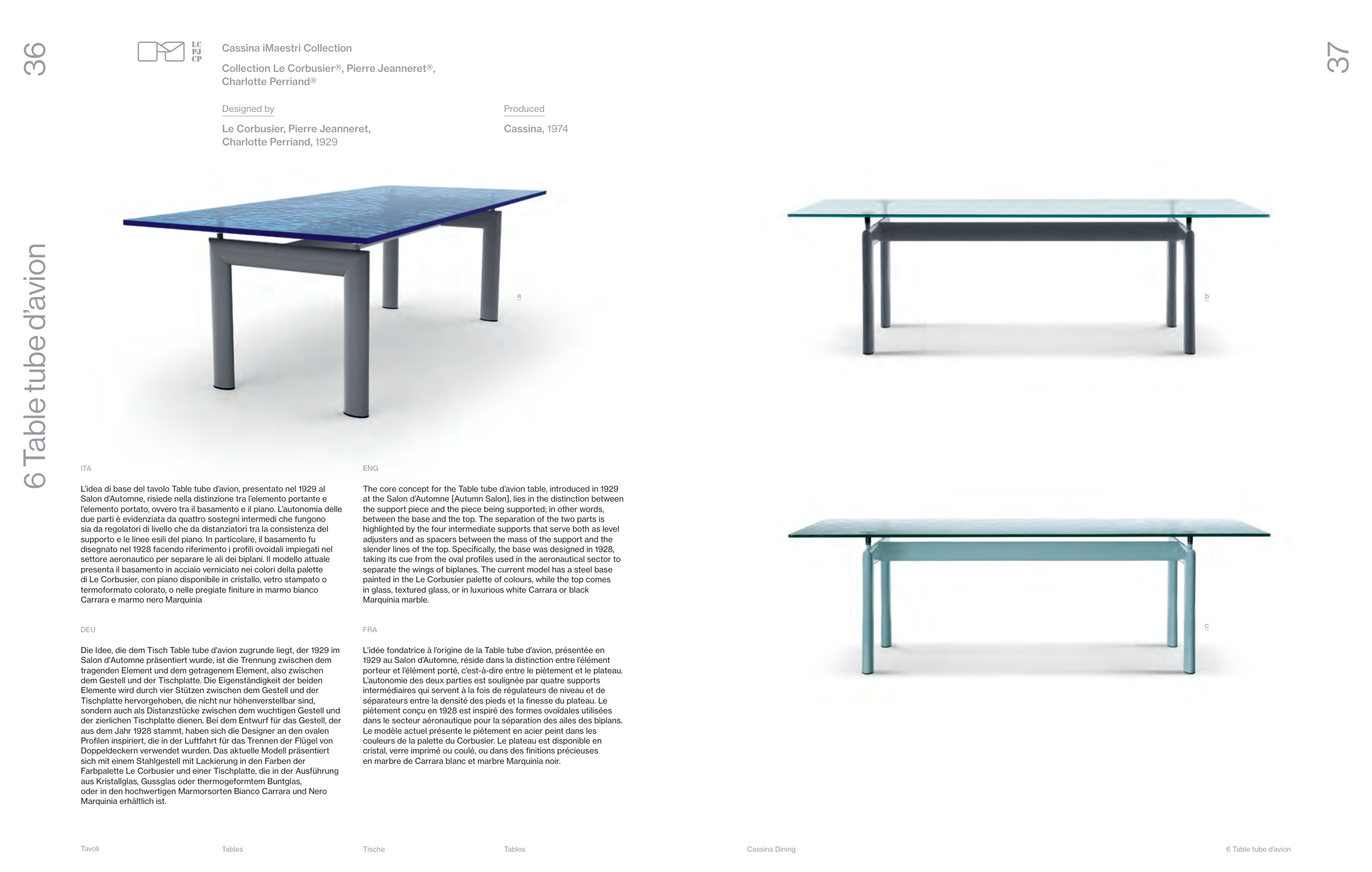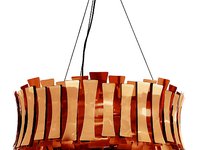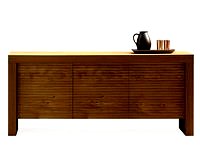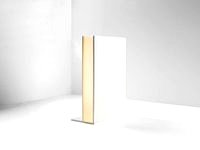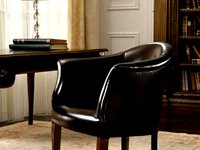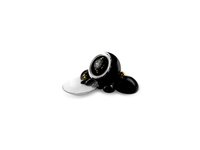6 Table tube d’avion
Designed by
Le Corbusier, Pierre Jeanneret,
Charlotte Perriand, 1929
Produced
Cassina, 1974
a
b
c
L’idea di base del tavolo Table tube d’avion, presentato nel 1929 al
Salon d’Automne, risiede nella distinzione tra l’elemento portante e
l’elemento portato, ovvero tra il basamento e il piano. L’autonomia delle
due parti è evidenziata da quattro sostegni intermedi che fungono
sia da regolatori di livello che da distanziatori tra la consistenza del
supporto e le linee esili del piano. In particolare, il basamento fu
disegnato nel 1928 facendo riferimento i profili ovoidali impiegati nel
settore aeronautico per separare le ali dei biplani. Il modello attuale
presenta il basamento in acciaio verniciato nei colori della palette
di Le Corbusier, con piano disponibile in cristallo, vetro stampato o
termoformato colorato, o nelle pregiate finiture in marmo bianco
Carrara e marmo nero Marquinia
The core concept for the Table tube d’avion table, introduced in 1929
at the Salon d’Automne [Autumn Salon], lies in the distinction between
the support piece and the piece being supported; in other words,
between the base and the top. The separation of the two parts is
highlighted by the four intermediate supports that serve both as level
adjusters and as spacers between the mass of the support and the
slender lines of the top. Specifically, the base was designed in 1928,
taking its cue from the oval profiles used in the aeronautical sector to
separate the wings of biplanes. The current model has a steel base
painted in the Le Corbusier palette of colours, while the top comes
in glass, textured glass, or in luxurious white Carrara or black
Marquinia marble.
Die Idee, die dem Tisch Table tube d'avion zugrunde liegt, der 1929 im
Salon d'Automne präsentiert wurde, ist die Trennung zwischen dem
tragenden Element und dem getragenem Element, also zwischen
dem Gestell und der Tischplatte. Die Eigenständigkeit der beiden
Elemente wird durch vier Stützen zwischen dem Gestell und der
Tischplatte hervorgehoben, die nicht nur höhenverstellbar sind,
sondern auch als Distanzstücke zwischen dem wuchtigen Gestell und
der zierlichen Tischplatte dienen. Bei dem Entwurf für das Gestell, der
aus dem Jahr 1928 stammt, haben sich die Designer an den ovalen
Profilen inspiriert, die in der Luftfahrt für das Trennen der Flügel von
Doppeldeckern verwendet wurden. Das aktuelle Modell präsentiert
sich mit einem Stahlgestell mit Lackierung in den Farben der
Farbpalette Le Corbusier und einer Tischplatte, die in der Ausführung
aus Kristallglas, Gussglas oder thermogeformtem Buntglas,
oder in den hochwertigen Marmorsorten Bianco Carrara und Nero
Marquinia erhältlich ist.
L’idée fondatrice à l’origine de la Table tube d’avion, présentée en
1929 au Salon d’Automne, réside dans la distinction entre l’élément
porteur et l’élément porté, c’est-à-dire entre le piètement et le plateau.
L’autonomie des deux parties est soulignée par quatre supports
intermédiaires qui servent à la fois de régulateurs de niveau et de
séparateurs entre la densité des pieds et la finesse du plateau. Le
piètement conçu en 1928 est inspiré des formes ovoïdales utilisées
dans le secteur aéronautique pour la séparation des ailes des biplans.
Le modèle actuel présente le piètement en acier peint dans les
couleurs de la palette du Corbusier. Le plateau est disponible en
cristal, verre imprimé ou coulé, ou dans des finitions précieuses
en marbre de Carrara blanc et marbre Marquinia noir.
ITA
ENG
DEU
FRA
Cassina iMaestri Collection
Collection Le Corbusier®, Pierre Jeanneret®,
Charlotte Perriand®
37
36
6 Table tube d’avion
Cassina Dining
Tables
Tische
Tables
Tavoli


